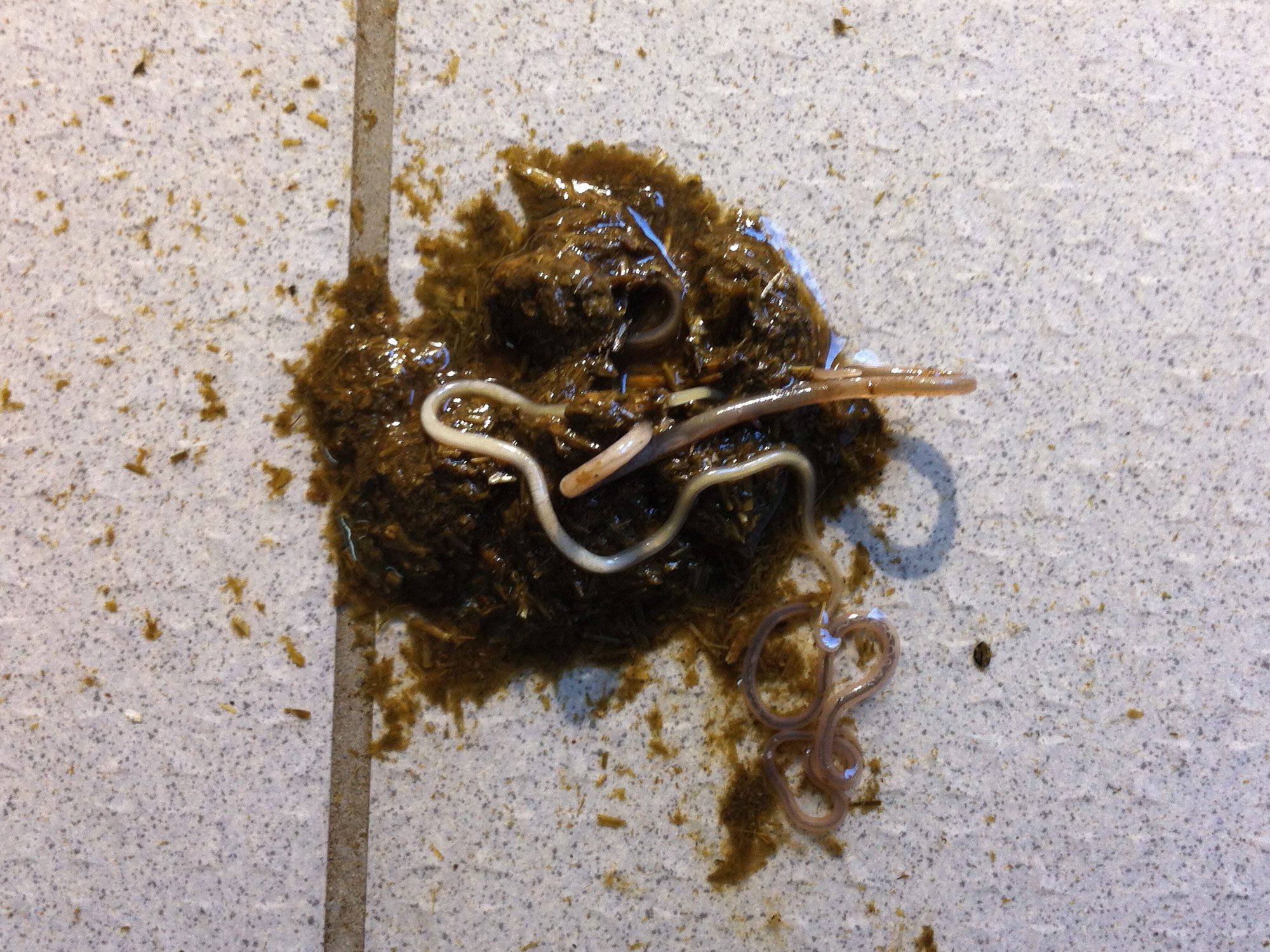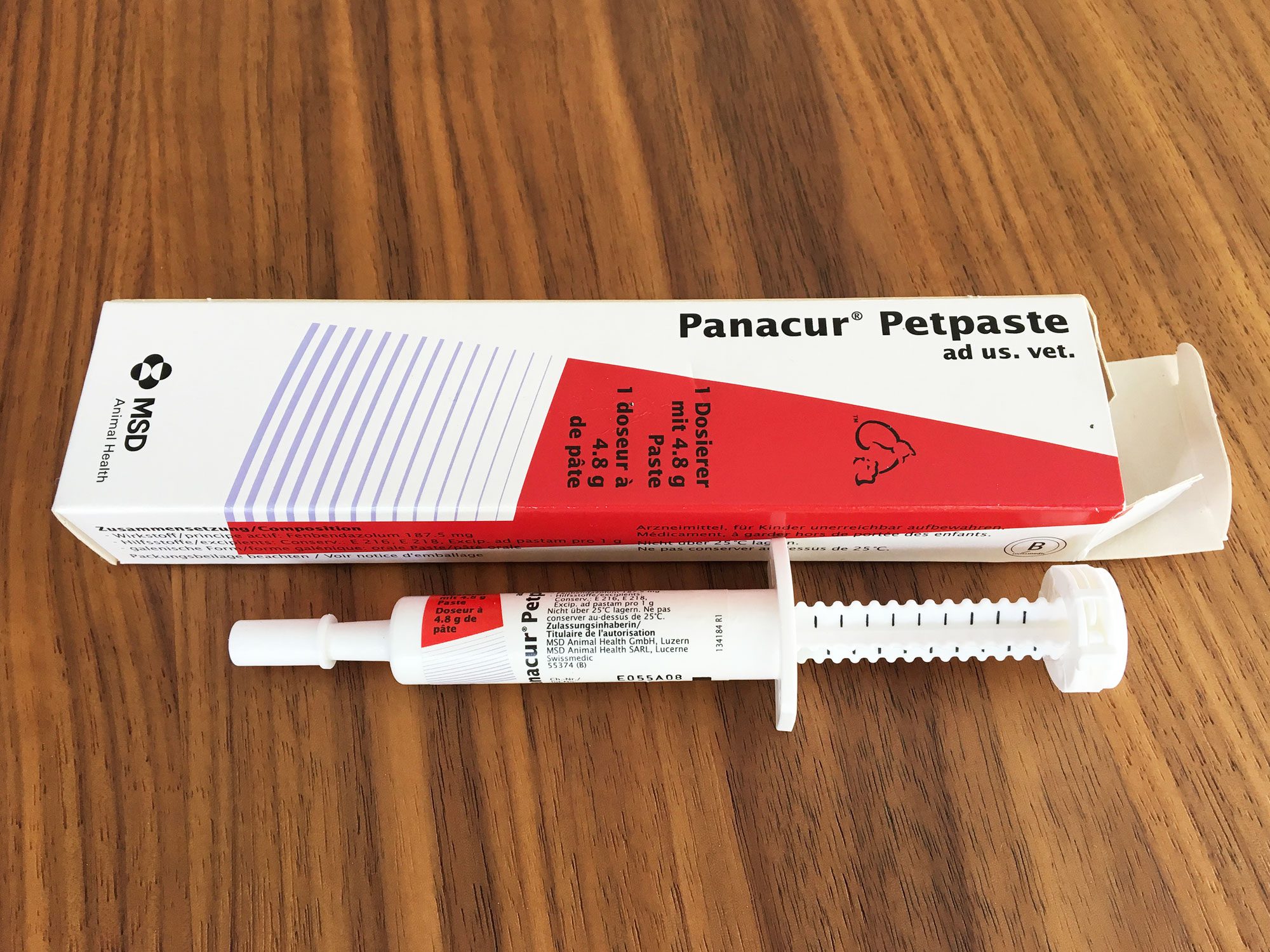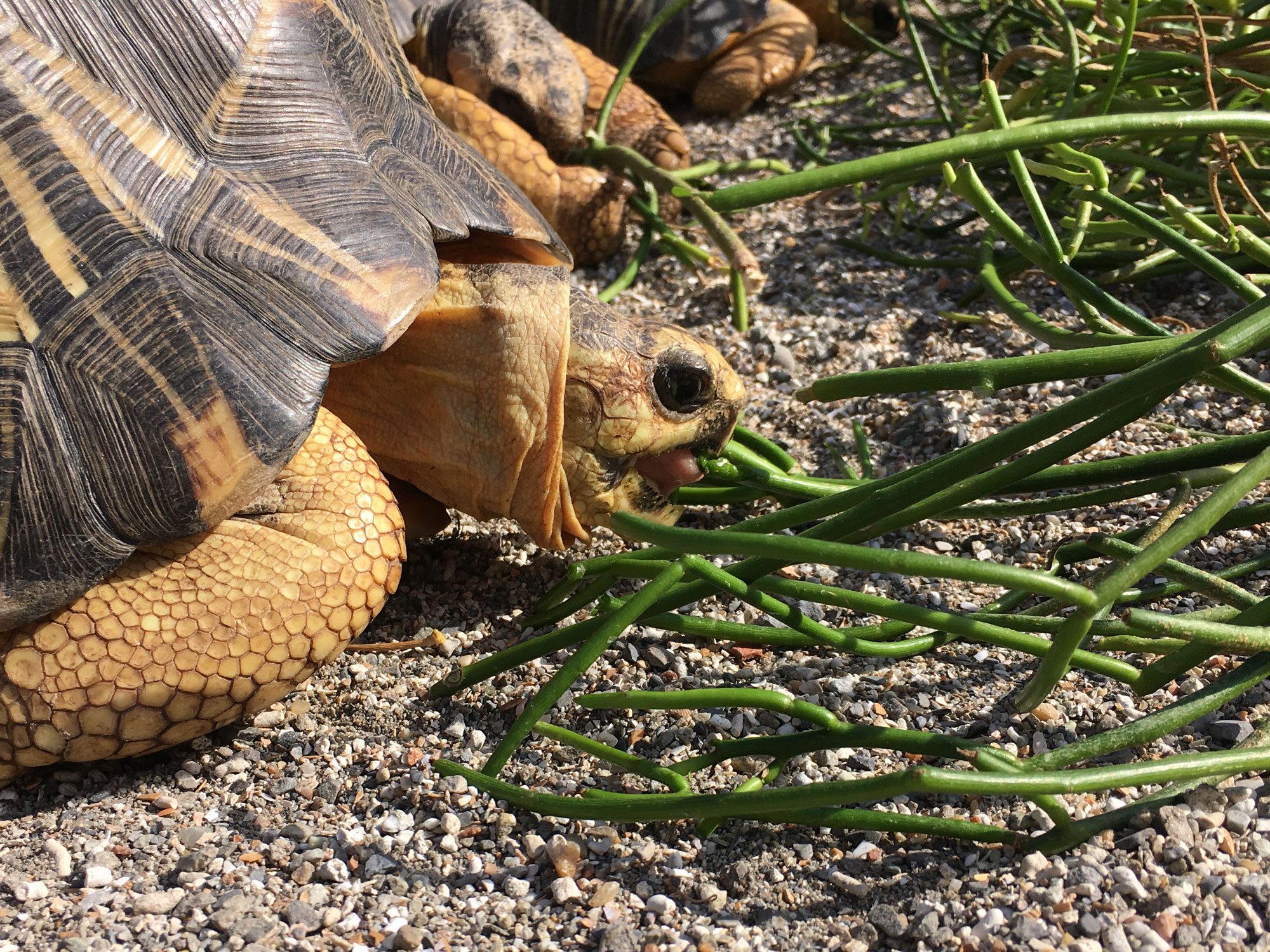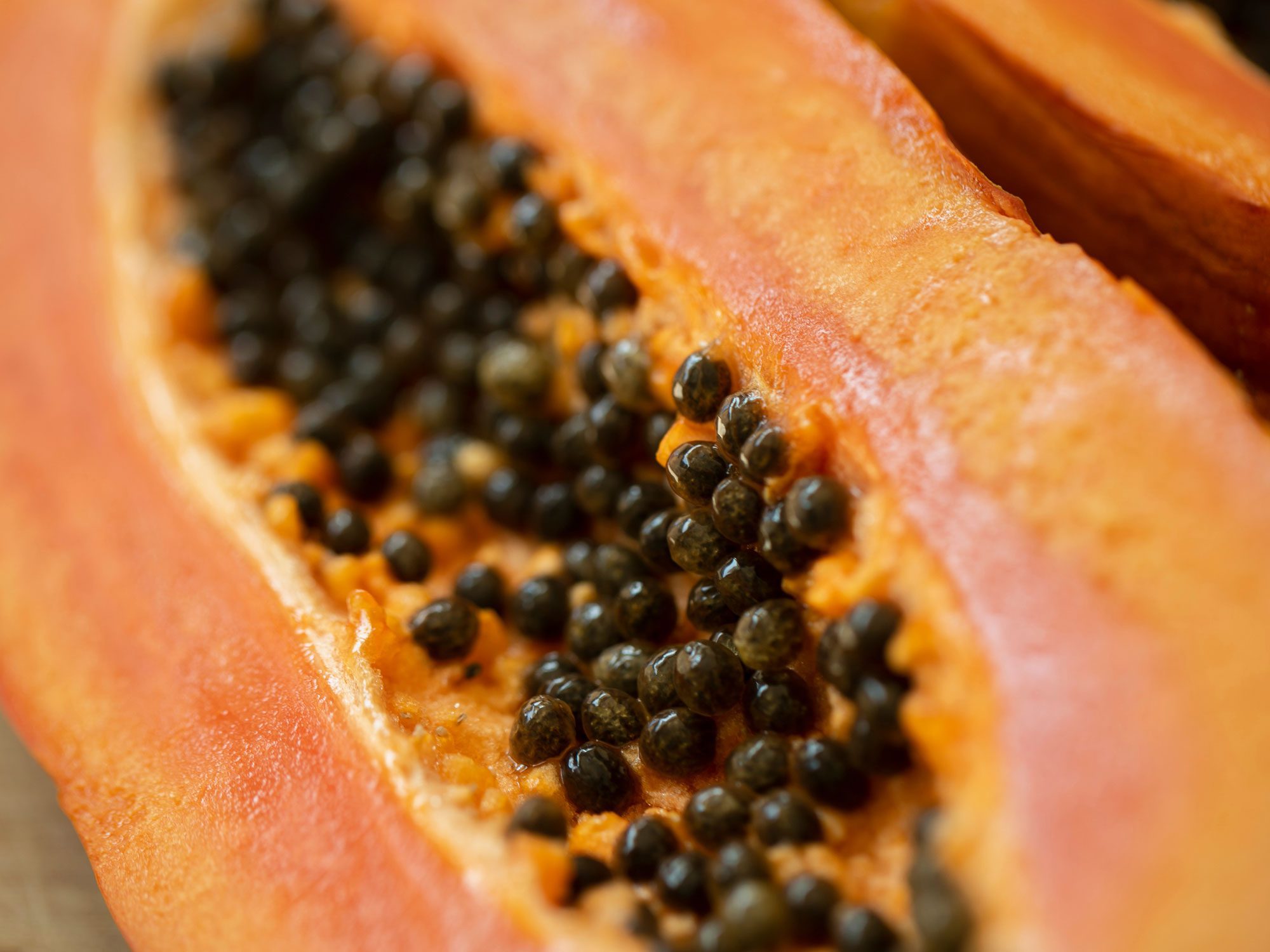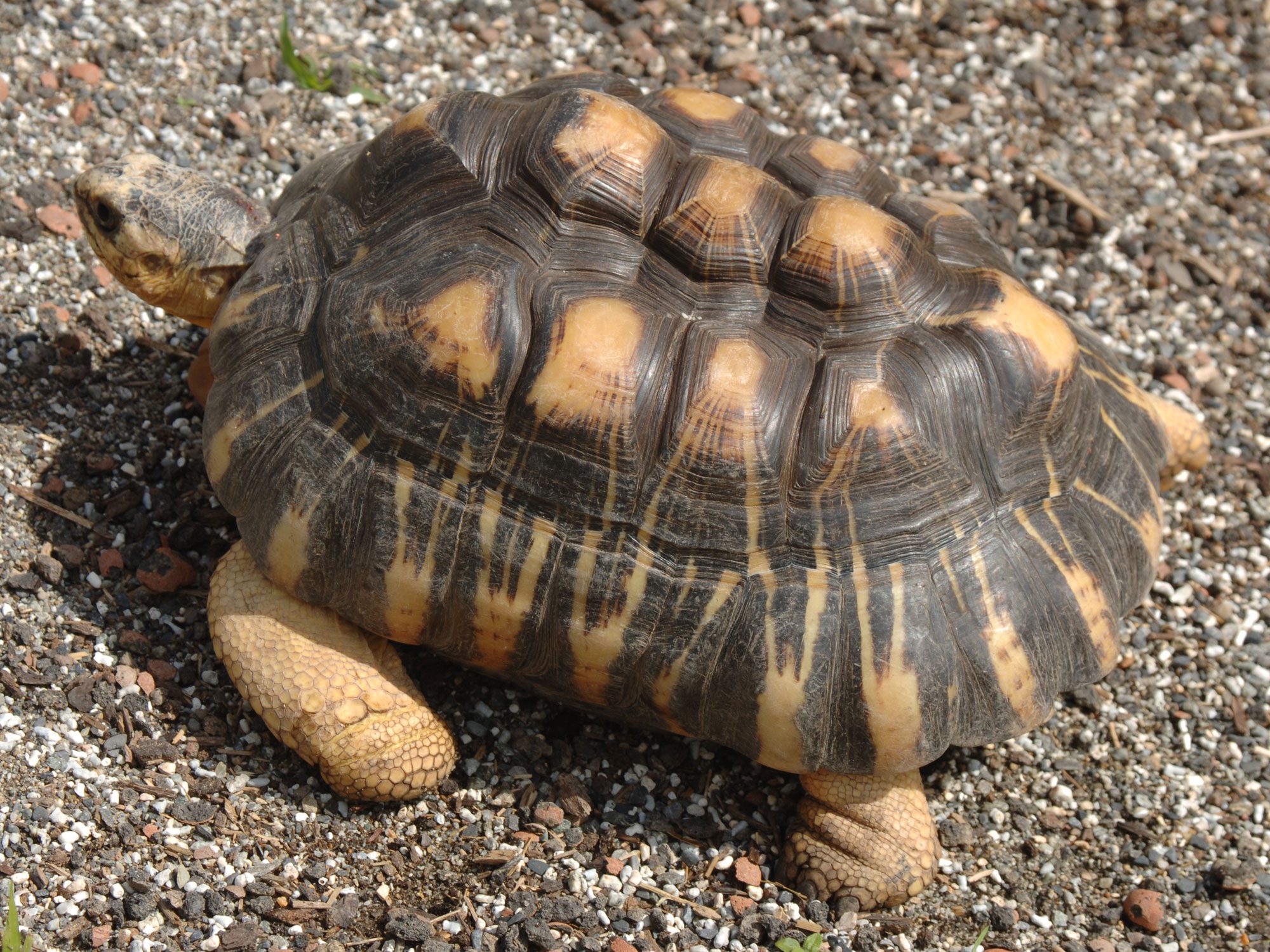Prevention is the best medicine
Like other animals, captive tortoises can suffer or die from a variety of known and unknown diseases. No tortoise owner really likes to talk about illnesses or even deaths in their population, since in most cases these are due to improper keeping or other unpleasant mistakes. The fact that 90% of all disease-related causes of death in tortoises in human care are always due to poor husbandry should be an incentive for all of us to continuously improve the keeping conditions of tortoises. Should a tortoise nevertheless die for unknown reasons, it is well worth having the animal examined postmortem in a pathological clinic. It is not always possible to find a clear cause of death, but due to organ changes, interesting conclusions can usually be drawn, whereby further postural errors can be avoided and the conditions can be optimized in the future.
Radiated Tortoises are totally uncooperative patients and respond to most approaches to treatment and therapy with outright refusal and stress. Sometimes the defense reactions to a well-intentioned treatment are so vehement that the high stress potential further weakens the already ill animals. A frightened or injured Radiated Tortoise can retreat into its own shell so tightly and convulsively that the limbs can hardly be pulled out of the shell by hand. This often makes evaluation and medical treatment of Astrochelys radiata impossible. It is therefore always better, easier and cheaper to preventively optimize the housing situation so that the animals do not get sick in the first place.
Common causes of disease in radiated tortoises
We cannot stress enough the importance of species-appropriate and natural husbandry for the health and welfare of Astrochelys radiata in human care. Most diseases can be avoided relatively easily by recognizing the natural needs of the animals and consistently respecting and implementing the resulting housing conditions. What sounds fundamentally simple and plausible is often difficult to implement in reality with the available resources and possibilities. The following husbandry mistakes are often responsible for most diseases and causes of death in Radiated Tortoises:
Quarantine
We recommend always separating sick or injured animals from the stock and caring for them in a separate, functional and easy-to-clean quarantine facility while maintaining optimal husbandry conditions. Newcomers should also be quarantined and observed for at least 4 months before being introduced into an existing group. For new arrivals in quarantine, we recommend that you always have at least 2-3 microscopic faecal examinations at intervals of 4 weeks for possible worm or other endoparasite infestation. Routine swabs and blood tests for herpes, rahna and microplasma should also be taken to the vet to be on the safe side. An introduction to an existing herd should only be considered if the test results are negative several times. Unfortunately, the importance of proper quarantine is often neglected due to lack of space and lack of suspicion. Some groups have been contaminated with dangerous and deadly pathogens and tragically wiped out as a result of this neglect.
Deworm
Endoparasitic infestations are not uncommon in tortoises in the wild. With the consumption of suitable feed, the animals manage in their natural habitat that endoparasites do not get the upper hand and that host and parasite are in a compatible balance. Some poisonous plant species (e.g. euphorbia) flourish in the habitat of Astrochelys radiata. It is easy to imagine that the animals use these natural pharmacies in a targeted manner to combat annoying parasites. For this reason, we feed a large amount of Euphorbia tirucalli twice a year. Astrochelys radiata is immune to the poisonous, milky juice, but it reliably kills endoparasites due to the alkaloids it contains. The occasional feeding of papaya seeds in fresh, dried or ground form also has an anthelmintic effect due to protein-splitting enzymes. Consistently feeding feedstuffs containing raw fiber, such as hay and dried leaves, also has a preventive effect. The rough fiber parts form a nutrient-poor basis for endoparasites in the gastrointestinal tract during fermentation and scrub away parasites and their eggs better when passing through the intestine.
In the case of an acute and excessive worm infestation, however, it is advisable to carry out medicinal treatment with Panacur® Petpaste. The active ingredient is fenbendazolum and is effective on roundworm, hookworm, whipworm and tapeworm species. One pack contains a convenient doser with graduations. A dispenser of Panacur® Petpaste is divided into 18 divisions, each division corresponds to 50 mg fenbendazole. 4.8 g extractable per dispenser, equivalent to 900 mg fenbendazole. 1 division per day is granted per kilogram of tortoise. Repeat the treatment after 2 days. In the case of young animals weighing less than 1 kg, the dosing with the graduation applicator is unfortunately somewhat imprecise. For young animals with worm infestation weighing less than 100 g, it is advisable to apply only a portion of the paste to a plate and then use a fine brush to dab a pinhead-sized amount of the paste onto a treat. Overdosing can thus be avoided. The tasteless and odorless paste is easily eaten with a treat (e.g. berries, fresh greens, etc.).
In memoriam Schelbi
As a small tortoise, Schelbi was smuggled to Europe with many other turtles from Madagascar via Asia. On his long, arduous journey he was exposed to stress, hunger and thirst again and again. Many of his fellow prisoners did not survive this arduous procedure. At various intermediate stations it was kept crammed together with other tortoise species by greedy and unscrupulous animal smugglers under degrading and wretched hygienic conditions and repeatedly sold on to the highest bidder. Eventually it ended up being used by ignorant and bored people as pets and children's toys. For years he was kept in a much too small terrarium under a desk lamp on newspaper and sawdust with permanent lack of sunlight. His owners were firmly convinced that they were doing something good for him and were busy fattening him up on lettuce, fruit and vegetables. When the first health problems became noticeable and expensive veterinary examinations suddenly became necessary, they quickly lost interest and sold him off at the nearest reptile exchange. Another animal dealer then tried to smuggle him across the border into Switzerland in order to sell him profitably in a rest stop parking lot to an eccentric lover of exotic animals as an expensive prestige object. However, it was discovered at customs and confiscated due to missing documents. He then ended up hypothermic in an overcrowded animal sanctuary, where it was quite overwhelmed to keep a Radiated Tortoise in a species-appropriate manner over the long term. Since Schelbi was now struggling with significant health problems, he was finally able to be placed in expert hands and in a species-appropriate husbandry situation.
Throughout his life, Schelbi suffered from serious deficiency symptoms and metabolic disorders such as dwarfism, rickets (deformation of the skeleton with a collapsed carapace), gout, fatty liver, chronic diarrhea with diffuse inflammation in the gastrointestinal tract, and kidney failure. Although he was allowed to spend the last few years in a species-appropriate environment, he finally succumbed to the consequences of multiple organ failure. It is estimated that Schelbi was not even 40 years old. The martyrdom of the Radiated Tortoise Schelbi is representative of the suffering of many tortoises worldwide. Please help so that such tragic fates do not repeat themselves!
Specialized tortoise doctors in Switzerland
In principle, we recommend that you always have sick animals examined as early as possible in a practice that specializes in tortoises. Especially if you are unsure, it is better to visit the vet once too much than too little, because often the greatest need for action is required when you notice the disease. Therefore, find out in good time about a suitable and competent tortoise practice in your area. In Switzerland we can recommend the following veterinary practices:
FAQ on the subject of diseases
Radiated tortoises that sit inactive and inappetent in a corner for a longer period of time show unmistakably that they are in a suboptimal housing situation and/or do not feel well. Check honestly and self-critically the offered housing conditions. Also read and study the recommendations for keeping the animals described on this website (especially regarding light, temperature, humidity, hygiene and food). If there is no improvement after the elimination of possible deficiencies or husbandry errors, it must be assumed that the animals are already seriously ill. In this case, consult a specialized veterinarian within a reasonable period of time. With early detection and prompt treatment, the chances of recovery are better.
More and more often we receive e-mails via RADIATA.CH from concerned owners of radiation turtles, who describe to us the symptoms of their sick animals. Even though we would like to help in every single case, we are not veterinarians and cannot make reliable remote diagnoses. Through our work and experience with Astrochelys radiata, we can sometimes express a suspicion in some cases, based on the symptoms described, but you should always discuss and verify with the veterinarian of your confidence.
As a first measure, we always recommend quarantining sick animals immediately under comfort care. Always keep sick animals warm on a clean and easy to clean surface and offer fresh green food. Careful bathing in low, warm water can help stabilize the water balance and relax the radiated tortoises. If possible, visit a specialized turtle clinic as soon as possible, because often the most urgent action is required as soon as the disease is noticed.

